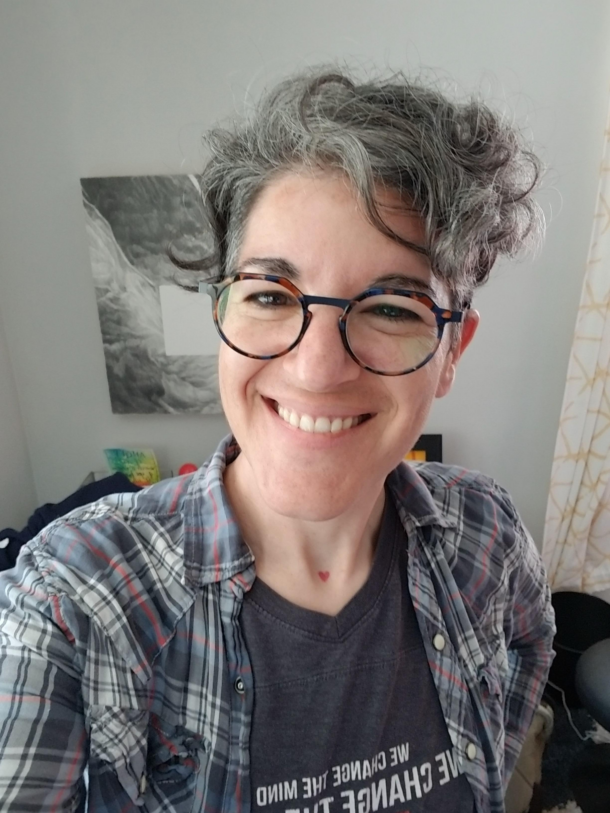My mother – Dr. Cheryl Greenberg, The Age Coach – was the picture of Parisian style when she spoke to my coaches group the Friday before last: Her sharply-styled silver hair, black tunic over black leggings under a black, white and gray draping cardigan. She owned the floor as she delivered a presentation about issues of aging as they relate to effective coaching.
That is, she spoke on the stories we tell ourselves related to aging including:
- Stories about the abilities and drivers of a person in front of us based on our perception of their age.
- Stories about our own abilities and norms as we age.
- Stories our clients are telling themselves about their own abilities and norms based on their age or phase of life.
There’s a fancier term for these stories, a term that powerful social movements like Black Lives Matter and The Me Too Movement, have brought to mainstream awareness: Unconscious biases, sometimes also called innate biases.
Yeah, they exist as it relates to age, too.
I thought my life would be different at this age.
My [any given milestone] birthday is in a couple of months and what have I done with my life?
I should be [partnered, farther along in my career, more wealthy, happier] by now.
These ideas come up in coaching time and again, each one pointing a long, jagged finger at an ageist story, a preconceived notion about what 29, 52, 71 should look like. My job as a coach in those moments is to nudge people to a more expansive definition of 29, 52, or 71 – to point them toward their own definition of a Life Well Lived and away from the stereotypes.
My opportunity as a person is to notice those ideas and stories within myself, both as I direct them at myself and as assumptions about others creep into my interpretation of an interpersonal interaction.
As is so often the case, our emotions are the clues along the scavenger hunt of greater self-awareness – the kind of self-awareness that facilitates deeper, more expansive connections with others. Discomfort, hesitance, and judgment may well be pointing toward negative stories operating in the background; ease, eagerness, and acceptance may well be pointing toward affirming stories.
To truly understand a story, though, we have to read it fully and with an open mind.
And to do that, we first must open the book.
The Bigger Badder community gets these posts hand (well, email) delivered each Monday morning. This week, their email includes additional reflections from myself and others. Spoiler: One is all about sensuality. Rawr. They also have a standing invite to my weekly web-based gathering, Chomp & Chat, a time to connect casually with like-minded folks each Wednesday. Join the community here.
